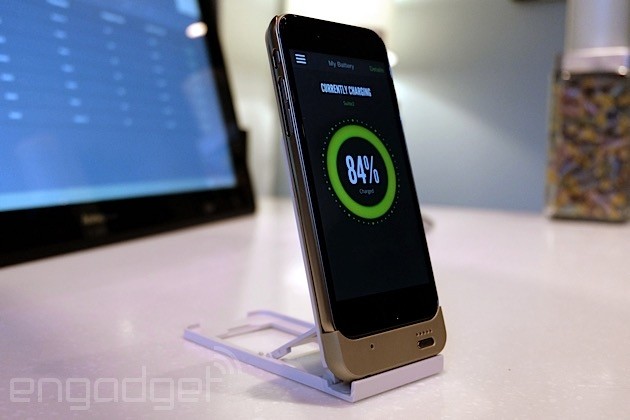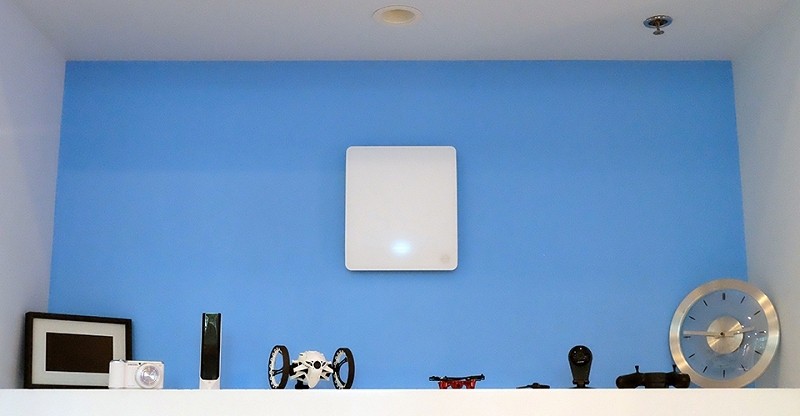Wireless charging technology has made great strides over the past few years but truth be told, we're still waiting for a practical implementation to emerge. A company by the name of Energous believes they may have just that and they're at CES this week to help spread the word.
Their system, cleverly called WattUp, combines both Bluetooth and RF technology to create a wireless network that's not only functional but secure.
WattUp starts with a base station that consists of a powerful RF transmitter. When a device is in range - within 15 feet - and wants to receive power, it announces its presence via Bluetooth 4.0 to initiate the connection.
Bluetooth's role in the WattUp system is far more useful than just initiating contact. The wireless signal is used to create a type of beam-forming technology that leads to far greater efficiency.

Instead of just beaming out the wireless power signal as a large array, Bluetooth helps the base station pinpoint a device's location so it can instead send a tight cone of waves to the target. Energous claims it can even track the device as it moves around and recalibrate the signal accordingly.
A receiving chip in a phone, tablet, wireless speaker, wearables or a device case absorbs the signal and converts it to DC power.
The system also has hand-off capabilities meaning, for example, when your smartphone finishes charging, priority can then be automatically shifted to another device (all of this functionality can be configured via an app). And best yet, a single RF base station can charge up to 12 devices simultaneously at any given time so long as they are within range.
Furthermore, WattUp can be configured as either a public or a private charging hub. For private connectivity, WattUp again uses Bluetooth for authentication purposes.

Naturally, there are a few shortcomings with the device. For starters, the current base station prototype is quite large - about the size of a few laptops stacked together. That's expected to shrink by 6x by the time consumer versions are ready for the market. It's also expensive at about $300.
What's more, it operates in the same unlicensed spectrum as Wi-Fi meaning interference could be an issue in busy Wi-Fi areas.
The rate of charging will depend on a number of factors including how close or far away a device is to the base station (the closer it is, the faster it charges) and how many devices are charging at once (more devices translates to slower overall charge times).
The idea here is not to see how fast it can charge a single device but to essentially trickle charge all of your devices throughout the day so you seemingly never run low on power. Imagine a wearable like a smartwatch that you'd never need to take off to recharge. Perhaps the answer to our battery woes isn't better battery technology but simply being able to keep existing batteries charged wirelessly at all times?
It's also worth pointing out that, while The Verge sat through an entire demo session, they didn't once actually see a connected device's battery level increase. All of the devices did display the battery charging icon meaning something was happening and it's entirely possible that they simply missed it. But again, it's worth mentioning.
Energous is aiming to license the technology to device makers this year and if all of their claims are indeed true, it's hard to see why manufacturers wouldn't be interested in partnering up.
